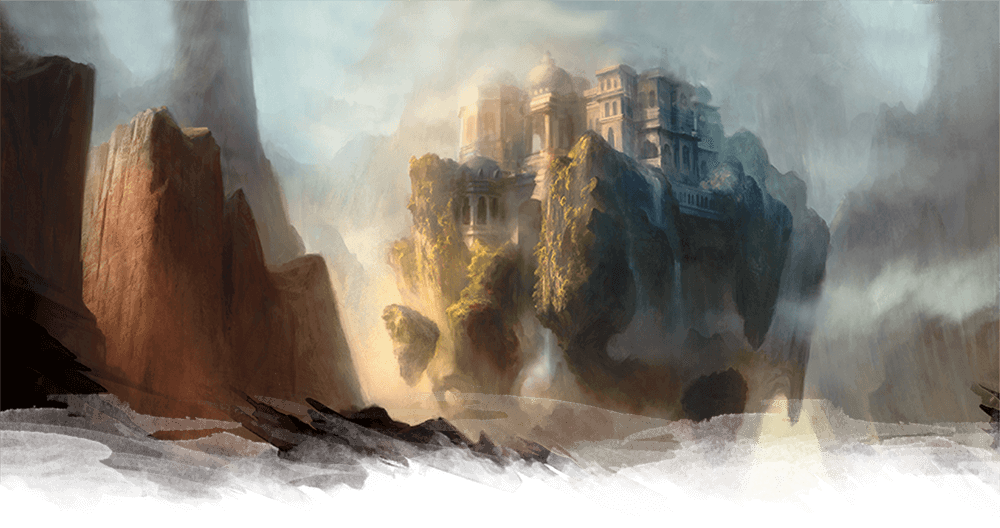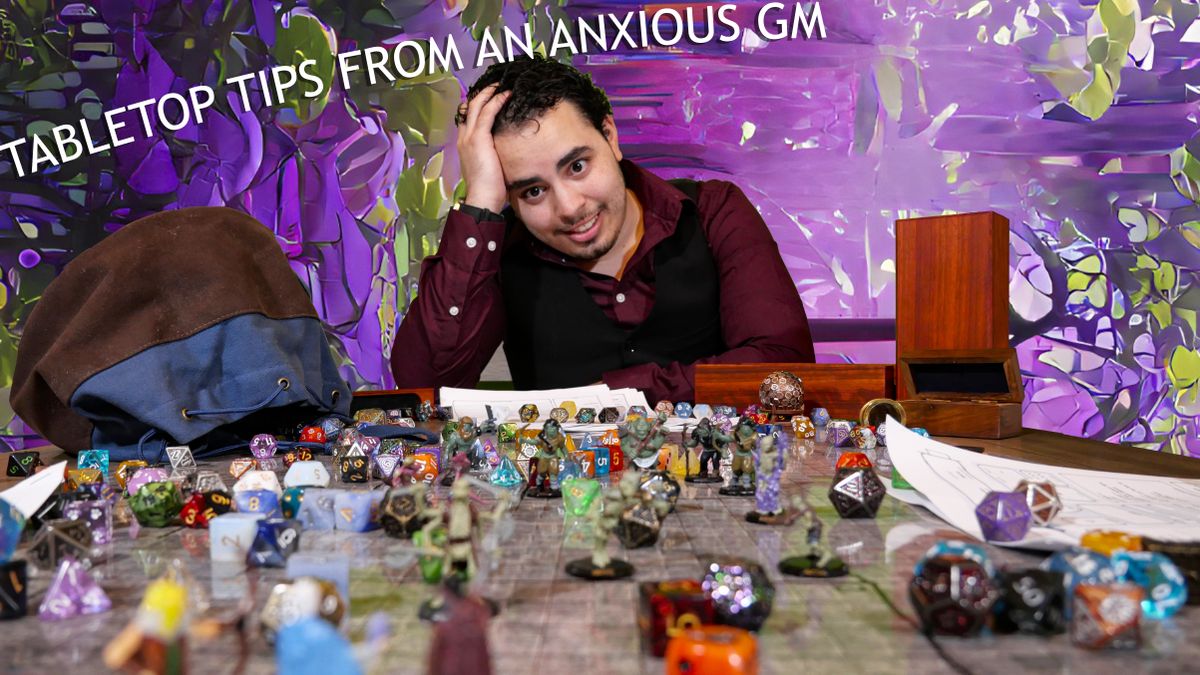“How do I engage my players?” is one of the many complex tabletop gaming questions that’ll get you blanket answers from game masters. As someone who struggles with anxiety and depression — a combo that is less than ideal for a journalist or a game master juggling seven different players in a six-hour Dungeons & Dragons game — I want to thoroughly untangle these issues with my experiences.
There are so many nuances to the Dungeons & Dragons and tabletop role-playing game space, and there are a number of difficult situations that people can encounter, all of which I hope to remedy with some advice backed by years of experience.
This may be the first of many advice columns that I write about D&D and TTRPGs, and I’m excited to dive into some wild stuff as it comes, but first we have a simple question. Jay (@JasonKilleen5) writes, “I’m a relatively new DM and some of my players don’t pay attention to important details I give them and I also have players that like to constantly break character. What can I do to engage them and get them to focus?”
All game masters (GMs) have had issues struggling to grab their players’ attention — even famous GMs like Matthew Mercer have to deal with reigning in the shenanigans of the Critical Role cast. Here’s my advice based on what I’ve done in my games.
TL;DR
If your players aren’t paying attention, throw the world at them. Show them that things are moving on without them. Be tactful and respectful, of course. But there’s nothing players love more than feeling like they’re a part of a living world.
If everything that players experience is a reaction to their actions, the game won’t feel as real, and players can easily get into the mindset that they are in control of the world. Show them that they’re not.
How to engage your players — An in-depth look
First things first: Communication. Almost any issue that I touch upon can be solved by communicating and being open and honest with your friends about your feelings. If this is a serious issue, then talk to them about it. If they are good enough friends, you should be able to come to a compromise to resolve this. But if the issue isn’t harming your mental health, and you just want to improve your GMing, then I can help with that.
If players are breaking character, you have to show them that the world is moving on without them whether or not they are attentive. For example, if an NPC is waiting for an answer from the party, and they are talking out of character about this NPC, let the NPC get impatient with their silence and show that there are consequences if they don’t respond. It could be as small as not getting a discount on an item or as big as getting dragged away by guards. You need to be prepared to show that every action has a consequence in your world.
I’ve had to reign in my own players several times over the years, and a great example of this was when a player’s character (Emma) was wanted in the city she was in. Emma disguised herself, but someone just so happened to recognize her. The players awkwardly broke character and started talking about what they were going to do about what was happening, but I continued to narrate, telling them that this NPC was walking up towards them with a wanted poster in hand. Then the players jumped into action and quickly removed the threat by knocking him out. The key is to keep the story moving along whether or not they are paying attention — it keeps them more attentive but also makes your world feel more alive.

Now, if your players don’t catch important details because they’re not paying attention, give them a consequence for that. For example, let’s say the players weren’t paying attention when the guards briefly mentioned that kids were going missing in the neighborhood. If they don’t take any action to investigate this themselves, make them meet a kid later on, and then have a mom show up afterward looking for the same kid, telling the party that they’re now missing. If they’re confused about what’s happening, you can have them roll a History check (if this is D&D 5e), and then reveal the important detail they missed. In an ideal situation, this will put the players in a position where they realize they need to be more vigilant because the world comes and goes with or without them.
The consequences you present should reflect the current stakes of what’s being presented — and it doesn’t necessarily have to be a negative thing. Don’t harass your players’ characters with guards or monsters because they’re not paying attention or doing what you want. You can reel them in tactfully by nudging them with the world itself. A great example of this in my home game was when my players attended a Minotaur block party. Now, it was completely designed for them to have fun, but the purpose of it was to push the narrative forward. In order to reel them in after the shenanigans were coming to a close, I told one of the players (Steak) that, thanks to their Passive Perception, they noticed a stone carving of their old master at the center of the block party, a person that they hadn’t seen or expected to see in over 100 years. As a reaction, Steak began asking around about the carving, and the people went into a deep conversation about this old master’s fight against Baphomet and how they saved the Minotaur’s ancestors a century ago. I ended the session with that reveal, and there was nothing more satisfying than seeing the look on each player’s face just begging for more.

I hope this helps, Jay, and hopefully it helps other GMs out there that may be struggling with similar issues. If you liked this column and want to see it continue, you can send me your own questions concerning mechanical, narrative, or social issues in the tabletop gaming space. You can email me at rami.tabari@futurenet.com or find me on Twitter.








